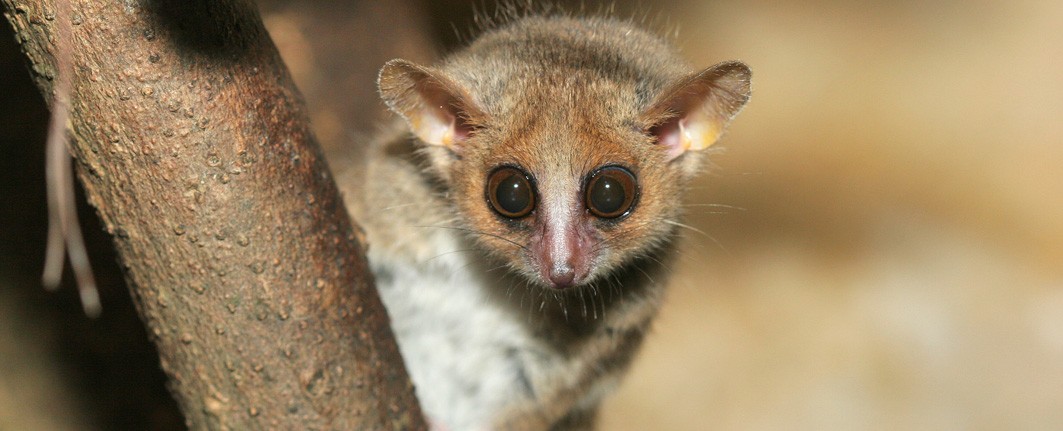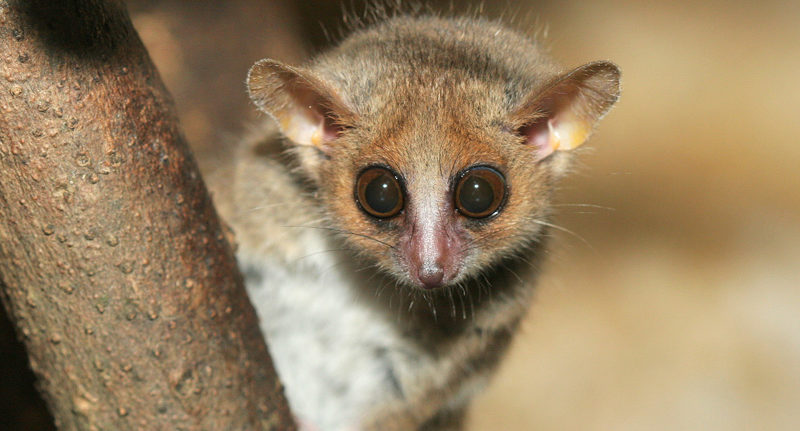
Madagascar Grey Mouse Lemur: Tiny Nocturnal Wonders of Madagascar
Madagascar is home to a stunning array of unique wildlife, and among its most fascinating inhabitants are the Madagascar Grey Mouse Lemur and its close relatives. These tiny nocturnal primates are not only adorable but hold the distinction of including the smallest living primate in the world, Madame Berthe’s Mouse Lemur (Microcebus berthae). In this guide, we explore their appearance, behavior, and conservation significance.
What is the Madagascar Grey Mouse Lemur?
The Madagascar Grey Mouse Lemur is one of the most remarkable species of mouse lemurs, known for its small size, nocturnal habits, and quick movements. Resembling Africa’s galagos, or ‘bushbabies’, mouse lemurs have a long tail, large eyes adapted for night vision, and a fur coat that ranges from soft grey to rufous.
Modern taxonomy has revealed an impressive diversity within mouse lemurs. While only two species were recognized decades ago, there are now 18 known species in Madagascar, with new discoveries still likely. The Madagascar Grey Mouse Lemur remains one of the most commonly observed species during night walks in the island’s forests.
Appearance and Identification of the Madagascar Grey Mouse Lemur
Identifying the Grey Mouse Lemur can be tricky because many mouse lemur species look very similar. Key identification features include:
-
Coloration: Primarily grey, sometimes with subtle brown shades.
-
Tail: Shorter and less bushy than some related species.
-
Size: Slightly larger than Madame Berthe’s Mouse Lemur but smaller than some golden-brown species.
-
Facial Features: Less contrasting facial pattern compared to Grey-brown Mouse Lemur, lacking the rufous stripe along the back.
Other mouse lemurs in Madagascar may have warm brown fur, longer tails, or rufous stripes, making careful observation essential for accurate identification.
Behaviour and Lifestyle
The Madagascar Grey Mouse Lemur is nocturnal, meaning most sightings occur at night. During these hours, they can be seen darting across the forest floor, their eyes glowing in the dark. Occasionally, they are found resting during the day, appearing like tiny fur balls curled up in the trees.
Feeding Habits
These lemurs are omnivorous, feeding primarily on fruit. They also supplement their diet with:
-
Invertebrates such as insects
-
Tree gum and sap
Their small size requires a high-energy diet to support their quick, agile movements.
Reproduction
Well-studied populations of mouse lemurs give birth to 1–3 young per breeding season, typically from September to May. Mothers are highly protective and care for their offspring in small tree hollows or hidden nests.
The Voice
One of the most distinctive traits of the Madagascar Grey Mouse Lemur is its voice. Their calls are:
-
High-pitched
-
Squeaky
-
Rodent-like
These vocalizations are used for communication between mates and to maintain territorial boundaries.
Differences Between Grey Mouse Lemur and Other Mouse Lemurs
While the Grey Mouse Lemur is common, other mouse lemur species are sometimes seen in overlapping habitats. Key differences include:
-
Golden-brown Mouse Lemur: Warmer brown back and longer tail
-
Grey-brown Mouse Lemur: Rufous stripe along the back with contrasting facial markings
-
Madame Berthe’s Mouse Lemur: Smaller size with more rufous coloration
These subtle distinctions highlight the importance of careful observation for wildlife enthusiasts and researchers.
Conservation Status
Like many endemic species in Madagascar, the Madagascar Grey Mouse Lemur faces threats from habitat loss and deforestation. Protecting Madagascar’s forests is critical not only for mouse lemurs but for the island’s entire ecosystem.
Visitors on responsible eco-tours can often observe these nocturnal primates during guided night walks, helping to support conservation efforts and promote sustainable tourism.
Why the Madagascar Grey Mouse Lemur is a Must-See
Encountering a Madagascar Grey Mouse Lemur in its natural habitat is a magical experience. Their tiny size, sparkling eyes, and energetic movements make them one of Madagascar’s most charming nocturnal animals. For wildlife enthusiasts, researchers, and photographers, these lemurs offer an unforgettable glimpse into the island’s unique biodiversity.
Conclusion
The Madagascar Grey Mouse Lemur is a testament to Madagascar’s remarkable wildlife. From its tiny size and nocturnal lifestyle to its high-pitched squeaks and agile movements, this lemur species captures the imagination of all who encounter it. By understanding and protecting their habitats, we ensure that future generations can continue to marvel at these extraordinary little primates.
HT AGENCY TOURS
Luxury Madagascar with the best luxury African safari tours packages. Discover your next perfect destination with HT Agency Tours

